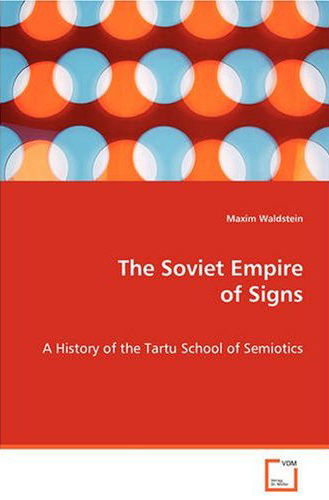Written by 2001 IDRF Fellow Maxim Waldstein, this book examines the history of Yuri Lotman’s Tartu (or Moscow-Tartu) School of Semiotics, which was active in the Soviet Union in the 1960s-1980s. Combining a comparative perspective on the Tartu paradigm with close attention to its social context and other major idioms in cultural theory, this study reconstructs its evolution from the early ideal of “exact science” to a variety of conceptual frameworks which combined an emphasis on the autonomy of cultural texts with elaborate analysis of the social and intellectual environment of their production and reception. Working from life history interviews, archival research and textual analysis, the book demonstrates how this evolution reflected and refracted the intellectuals. The Tartu School serves as a window into the distinctive character of intellectual production and the phenomenon of an unofficial public sphere in the post-Stalinist Soviet Union, and challenges still dominant Cold War assumptions about the nature of Soviet science, culture and society. While not a comprehensive history of the Tartu School, The Soviet Empire of Signs, is an invitation to further dialogue not only on the heritage of the Tartu School but also on the character of late Soviet science, academia, intelligentsia and public sphere. Buy from Amazon
Publication Details

